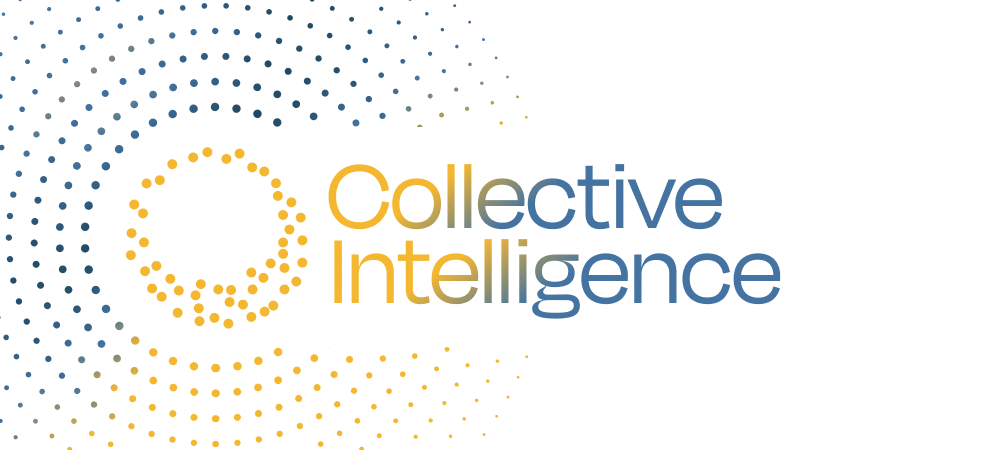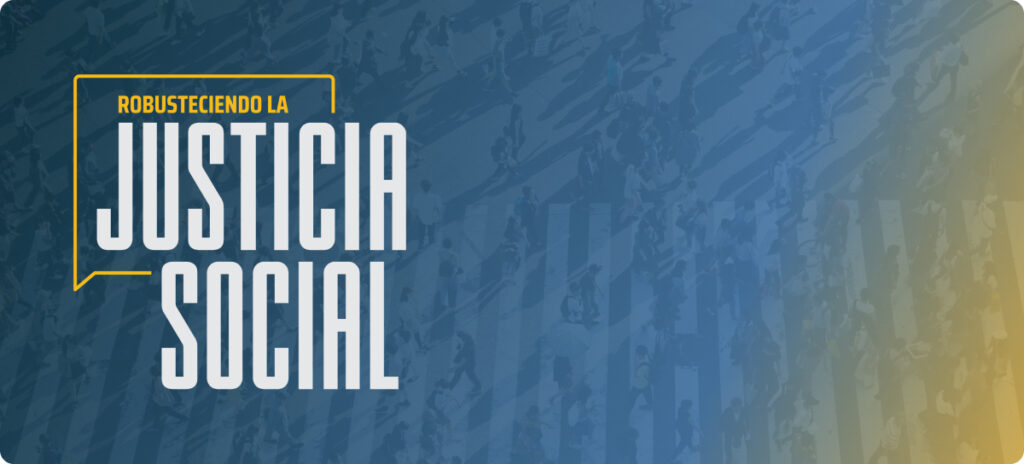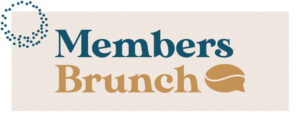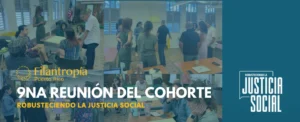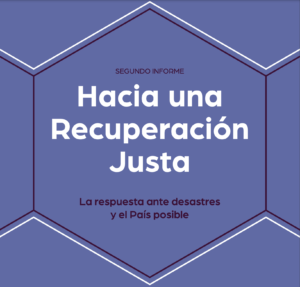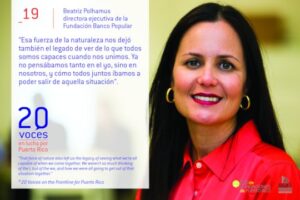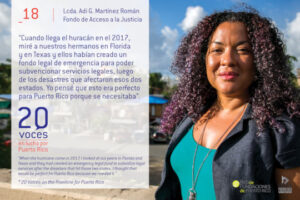FiPR News Segundo Brunch de Membresía de 2024...
Read MoreField Update: G-8, ENLACE and Fideicomiso de la Tierra del Caño Martin Peña

For the eight communities that border the Martin Peña Canal, a 3.7-mile-long body of water that connects the San Juan Bay with the San José Lagoon, Hurricane Maria worsened an already dire situation. Extreme poverty, faulty infrastructure and recurring public health issues have plagued the 25,000 residents of this area for generations. The source of many of these issues is years of garbage and vegetation accumulating in the channel, blocking the flow of water and flooding the communities whenever it rains. For years the nonprofit organizations that work with these communities have demanded that the government dredge the channel.
Now after the impact of hurricanes Irma and Maria, this matter becomes even more urgent. Half of the trees along the channel fell into the water. At the same time, debris and plants blocked the sewage system, causing most of the 8 residential communities to become flooded with dirty water, in some cases for up to four days.
On top of this, over 800 houses lost their roofs either partially or completely, while more than 75 structures disappeared altogether. The residents are also dealing with a plague of mosquitoes and rats, which were displaced by the floods and now overrun urban areas.
The first responders after the hurricane were the organizations Grupo de las Ocho Comunidades Aledañas al Caño Martín Peña, Inc., known as the G-8 and composed of the community leadership; Corporación del Proyecto ENLACE del Caño Martín Peña, an independent government entity; and the Fideicomiso de la Tierra del Caño Martín Peña which oversees the 200 acres of public land ceded by the government. With the help of 150 volunteers, they began removing debris and trees, cleaning houses, giving out tarps, food, and other supplies to residents, while offering other emergency services.
In order to avoid a public health crisis, they are also installing 3,500 rat feeders filled with poison, a project sponsored by the FORWARD Puerto Rico Fund. The rat problem becomes particularly serious now that cases of leptospirosis are on the rise. Volunteers also went house by house handing out “mosquito kits” which included mosquito nets, larvicide, and repellent in order to avoid Dengue, Chikungunya and Zika outbreaks.
However, the main long term recovery project continues to be the dredging of the channel in order to remove the blockages. Representatives of the organizations that work with the communities around the Martin Peña Canal insist that “any recovery package legislated on a federal level must include the dredging project as part of the island’s recovery and in order to maximize economic development,” argued Mariolga Juliá Pachecho, Special Projects Manager for the Fideicomiso de la Tierra del Caño Martín Peña.
Impact of the Forward Fund
FORWARD Puerto Rico Fund Impact of the FORWARD Fund Filantropía...
Read MoreReport: Towards a Just Recovery
Ayuda Legal Puerto Rico published the second report, which includes data,...
Read More20 Voices on the Frontline for Puerto Rico/ Voice 19: Beatriz Polhamus
20 Voices on the Frontline for Puerto Rico/ Voice 19:...
Read More20 Voices on the Frontline for Puerto Rico/ Voice 18: Adi Martínez Román
20 Voices on the Frontline for Puerto Rico/ Voice 18:...
Read More


